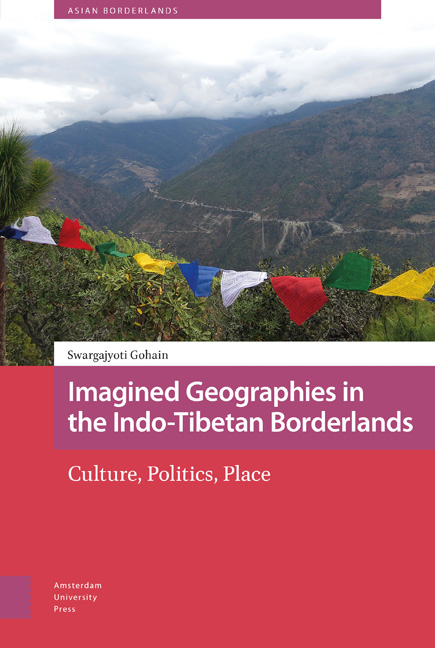Summary
In imperfect but confident English, T.G. Rinpoche explained to me how the Monpas were being side-lined as a ‘tribal community’. He claimed the Monpa are a very ancient community, originally spread across Nepal, Ladakh, Sikkim, Bhutan, and Mechuka in Arunachal Pradesh, but now confined only to those groups in Tawang and West Kameng. ‘Religion se hi civilization hoti hain’ [civilization begins from religion], he stated, concluding that if autonomy were granted the Monpas would be better able to maintain their identity and Tibetan Buddhist culture. This conversation took place during our first meeting on 19 June 2008. What intrigued me then was the use of the term ‘Mon’ instead of ‘Monpa’ as the label for the Mon autonomy movement. When asked, Rinpoche was quick to respond, in English, ‘“Mon” means area… “Monpa” becomes too narrow. Once you are inside Mon, you become part of it. It is territory that gives the people an identity.’
Like Rinpoche, in discussions of the demand for autonomy the office-bearers of the movement tended to suppress reference to ‘Monpa’ in favour of ‘Mon’ – the latter term supposedly more inclusive since it indicates a physical territory, Monyul, rather than a particular ethnic group or culture. Official documents and statements by leaders of the Mon Autonomous Region Demand Committee (MARDC) also refrain from using the idiom of ethnicity in describing the boundaries of the autonomous region, instead making appeals to a territorial area in which all ethnic groups of the region are equal stakeholders (Constitution of Mon Autonomous Council 2005).
This territorial (‘Mon’) rather than ethnic (‘Monpa’) nomenclature promises equal participation in the autonomy scheme to the non-Monpa ethnic groups residing in Monyul. The territorial categorization can unite people around issues of a political and economic nature such as uneven power structures, livelihood and employment opportunities, and the allocation of resources and infrastructure, while using the ethnic term may create exclusivist identities. Yet, ‘Mon’ does not consistently refer to current West Kameng and Tawang: its older connotation, to which Rinpoche and other supporters alluded, refers to an extensive geographical area spanning several regions on the Indo-Tibetan borderland. In this instance, the territorial boundaries of the local unravel as sub-texts of translocal geography unfold within the discourse of the demand for autonomy. Even the meaning of locality is never stable, for different individuals and groups define it in different ways.
- Type
- Chapter
- Information
- Imagined Geographies in the Indo-Tibetan BorderlandsCulture, Politics, Place, pp. 67 - 106Publisher: Amsterdam University PressPrint publication year: 2020



